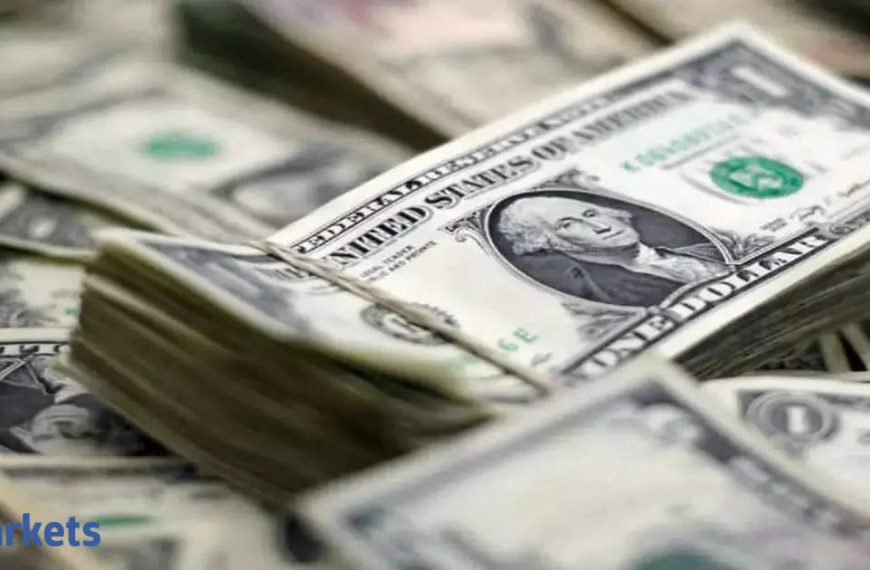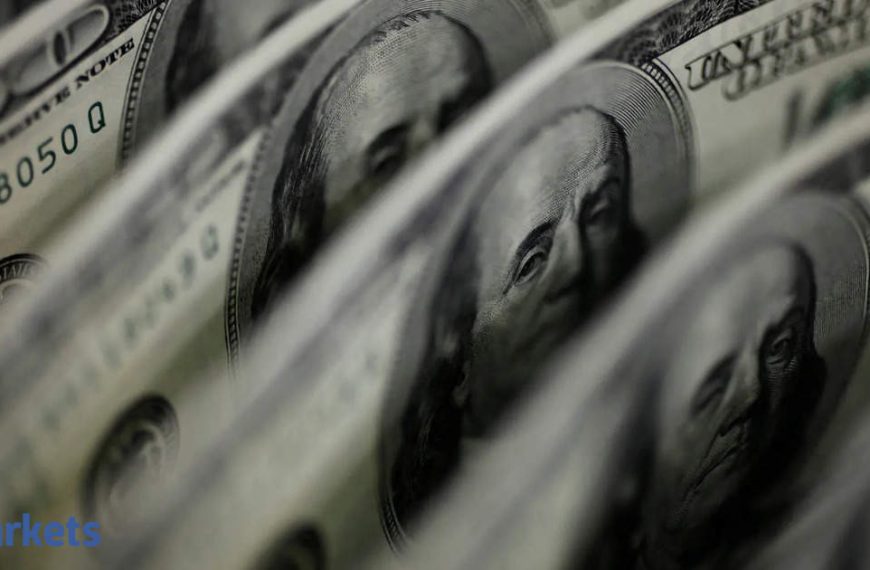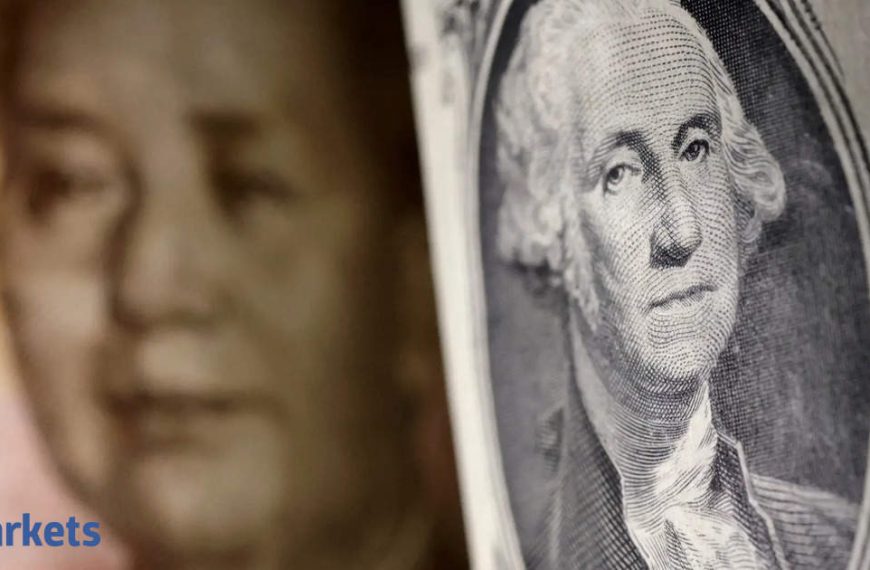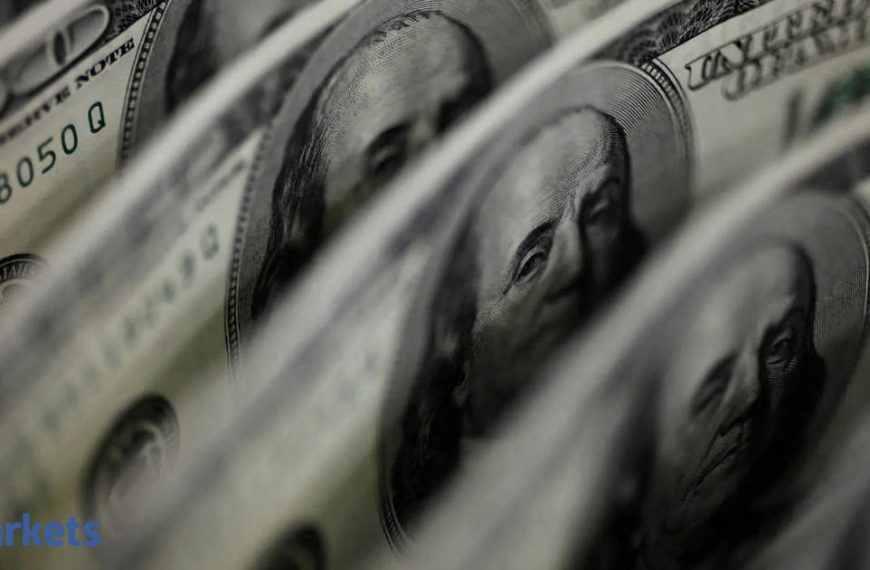On Wednesday, the U.S. dollar experienced a modest recovery as investors paused after several weeks of intense selling pressure, allowing markets to stabilize while awaiting updates on trade negotiations. This momentary bounce in the dollar comes amid broader economic indicators and upcoming speeches from key financial figures, notably U.S. Federal Reserve Chairman Jerome Powell.
Market Reactions to Economic Data
Later in the day, China is expected to release its first-quarter GDP figures alongside various economic indicators from March. While these reports will reflect past performance, they are anticipated to influence market sentiment. Additionally, the Bank of Canada will convene on Wednesday, with a rate cut currently assigned about a 40% probability.
- The Canadian dollar is currently trading at C$1.3948 per U.S. dollar, having strengthened by 4% throughout April.
- Investors have reacted strongly, demonstrating their discontent with U.S. trade policies, which have impacted confidence levels significantly.
Euro and Sterling Movements
The euro, which reached three-year highs last week, has slightly declined from its peak of $1.1474, now trading around $1.1311. This adjustment, up over 4.5% this month, was anticipated as the market showed signs of needing a correction, especially with little progress on crucial trade agreements that might avert heavy U.S. tariffs.
Conversely, the British pound has surged, achieving a six-month record high at $1.3254. Britain has avoided the harshest U.S. tariffs, leading U.S. Vice President JD Vance to express optimism about the prospect of a trade deal.
Global Currency Trends
The Japanese yen remained steady at 142.85 per dollar, while the U.S. dollar index, having briefly breached 100, stabilized just below that level at 99.899. Among G10 currencies, the Swiss franc emerged as a notable gainer since the announcement of tariffs, currently valued at 0.8184 per dollar.
The Australian and New Zealand dollars, which recently recorded their most substantial weekly gains since 2020, have slightly retreated from their highest points, with the Australian dollar at $0.6334 and the New Zealand dollar at $0.5896.
Focus on Economic Indicators and Yuan Stability
Attention is now shifting towards China’s economic data, Powell’s anticipated remarks, and other significant economic releases. A crucial factor for currency direction, especially for the dollar, lies in the bond market and the yuan’s stability. Despite a challenging tariff environment with rates exceeding 100%, China has only marginally adjusted the yuan’s trading band, maintaining a steady currency value.
Market analysts suggest that any significant depreciation of the yuan could bolster the dollar’s value, with the U.S. Treasury market showing signs of stabilization following last week’s upheaval.
According to Steve Englander, head of G10 FX research at Standard Chartered, restoring the relationship between higher U.S. Treasury yields and a stronger dollar would indicate a return to normalcy: “We believe that diminishing growth pessimism, coupled with a reduced focus on tariff policies, could renew support for the dollar.”
This evolving landscape highlights the intricate dynamics between currency values, trade policies, and economic indicators, keeping investors on high alert.











